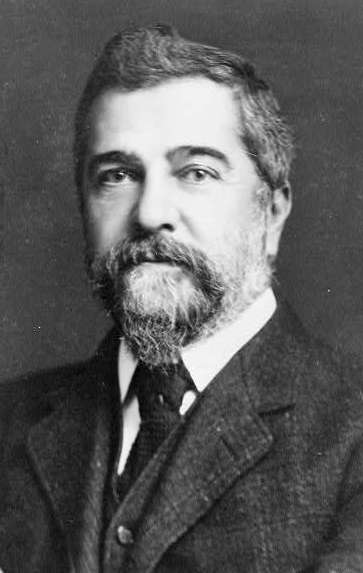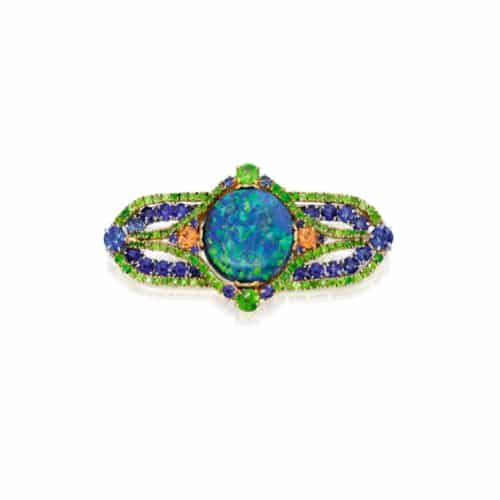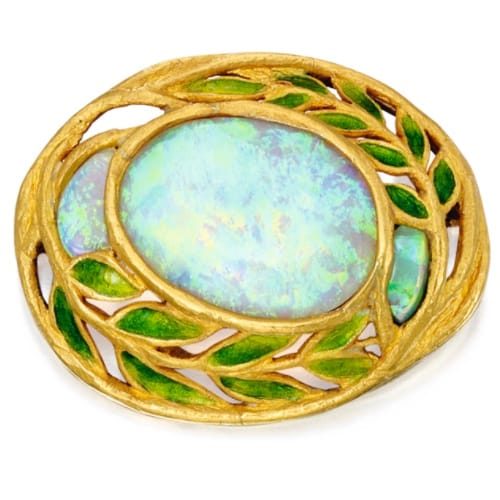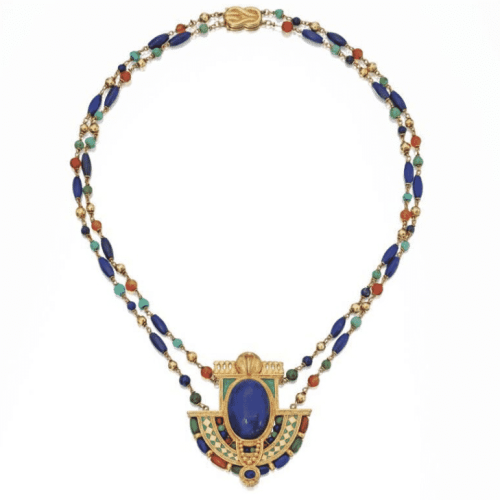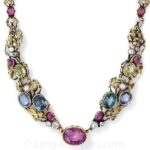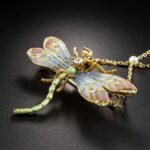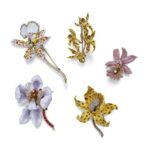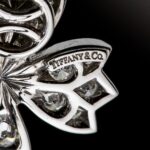Notes
- John Loring, Louis Comfort Tiffany at Tiffany and Company. 240.↵
- John Loring, Tiffany Jewels, 170.↵
- There is apparently a disagreement about when, exactly, Louis Comfort Tiffany became design director at Tiffany. Loring dates the position to 1902 when Charles Lewis Tiffany died and his son inherited the firm. However, other sources suggest that he became director in 1908 when Paulding Farnham resigned from the position because of artistic conflicts with LCT. (see Zapata)↵
